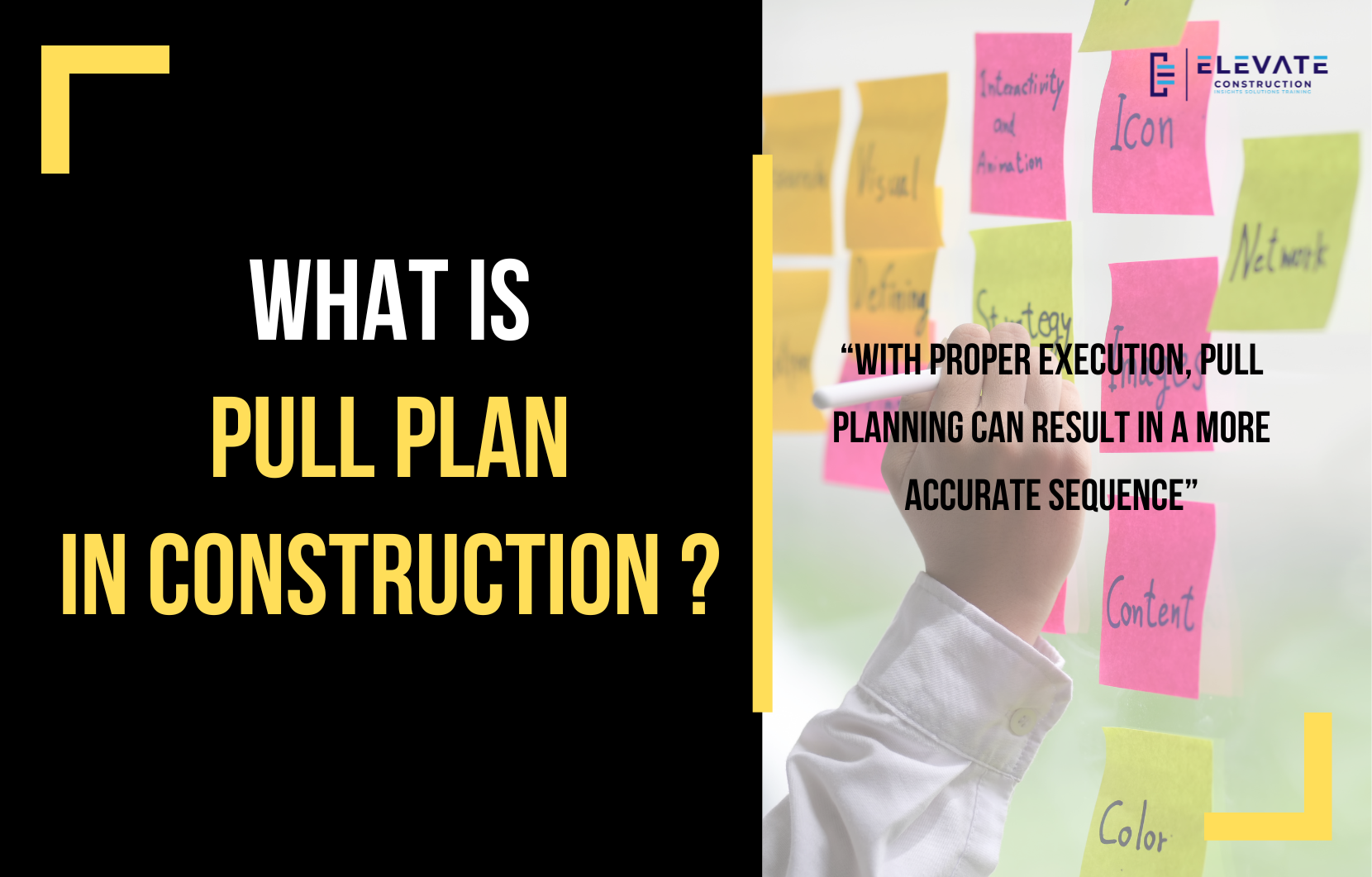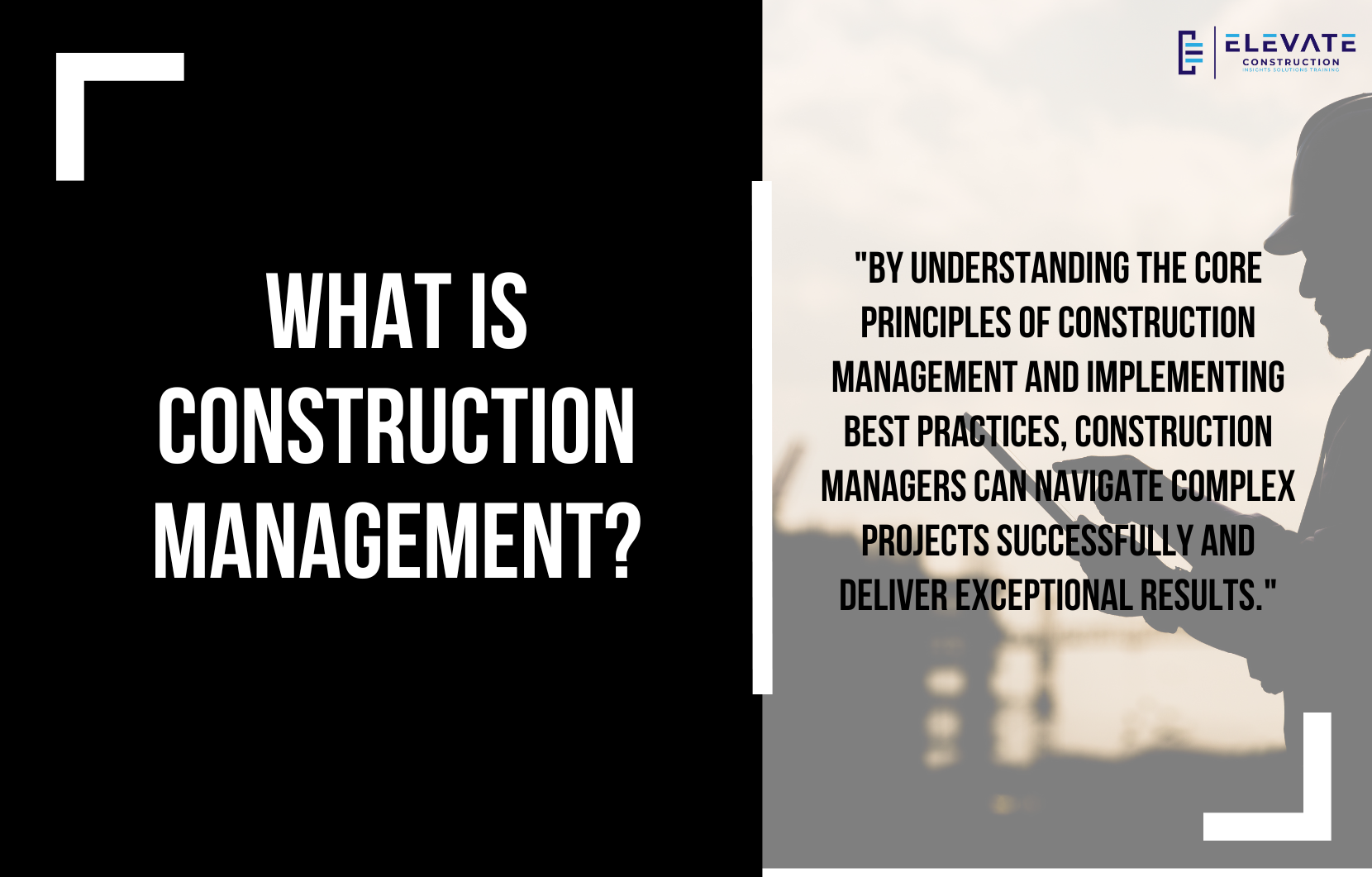Introduction:
Welcome to our latest blog post where we delve into the art of managing workers on a construction site. In this comprehensive guide, we’ll explore the key aspects of effective worker management and provide you with actionable steps to enhance productivity, morale, and overall project success.
Understanding Worker Management in Construction:
Before diving into the seven essential steps, it’s crucial to redefine what it means to manage workers in the construction industry. Contrary to common belief, managing workers doesn’t entail micromanaging every aspect of their work. Instead, it revolves around three core elements:
- Treating Workers Well: Prioritize how workers are treated, setting the tone for a positive work environment.
- Setting Clear Expectations: Clearly communicate project expectations and standards to foster clarity and accountability.
- Cultivating Relationships: Build strong, respectful relationships with workers to promote collaboration and mutual respect.
Step 1: Providing a Stellar Orientation Experience:
The journey towards effective worker management begins with a remarkable orientation process. A well-planned orientation sets the tone for the entire project, demonstrating that workers are valued members of the team. From ensuring smooth onboarding to providing a warm welcome, every detail matters in creating a positive first impression.
Step 2: Ensuring Great On-Site Conditions:
Next, prioritize providing excellent on-site conditions for your workers. From clean and safe workspaces to well-equipped facilities, creating a conducive environment is essential for worker satisfaction and productivity. Remember, a happy worker is a productive worker.
Step 3: Maintaining Open Communication Channels:
Communication is the cornerstone of effective worker management. Daily huddles offer an opportunity to connect with workers, address concerns, and foster a sense of belonging. By maintaining open lines of communication, leaders can build trust and strengthen relationships with their team.
Step 4: Delivering Remarkable Experiences:
Go above and beyond to create memorable experiences for your workers. Whether it’s hosting barbecues, recognizing achievements, or providing small tokens of appreciation, these gestures show that their hard work is valued and appreciated.
Step 5: Setting Clear Expectations:
Clarity is key when it comes to setting expectations for your workers. Provide clear guidelines, standards, and training to ensure that everyone understands their roles and responsibilities. By eliminating ambiguity, you empower your team to perform at their best.
Step 6: Providing the Right Resources:
Equip your workers with the tools, equipment, and training they need to succeed. Whether it’s safety training, access to the right tools, or ongoing skill development, investing in your workers’ growth and development is essential for long-term success.
Step 7: Nurturing Strong Relationships:
Finally, focus on nurturing strong relationships with your workers. Show genuine care and appreciation, lead by example, and prioritize their well-being. By building trust and rapport, you create a positive work culture where everyone feels valued and respected.
In Conclusion:
Managing workers in the construction industry is more than just overseeing tasks—it’s about cultivating a supportive, inclusive, and productive work environment. By prioritizing worker well-being, setting clear expectations, and fostering meaningful relationships, construction leaders can unlock the full potential of their teams and achieve project success.
Remember, at the heart of effective worker management lies a simple principle: be human. Treat your workers with kindness, respect, and empathy, and watch as your team thrives. Here’s to building stronger, more resilient construction teams, one relationship at a time.
If you want to learn more we have:
-Takt Virtual Training: (Click here)
-Check out our Youtube channel for more info: (Click here)
-Listen to the Elevate Construction podcast: (Click here)
-Check out our training programs and certifications: (Click here)
-The Takt Book: (Click here)
Discover Jason’s Expertise:
Meet Jason Schroeder, the driving force behind Elevate Construction IST. As the company’s owner and principal consultant, he’s dedicated to taking construction to new heights. With a wealth of industry experience, he’s crafted the Field Engineer Boot Camp and Superintendent Boot Camp – intensive training programs engineered to cultivate top-tier leaders capable of steering their teams towards success. Jason’s vision? To expand his training initiatives across the nation, empowering construction firms to soar to unprecedented levels of excellence.
On we go!






